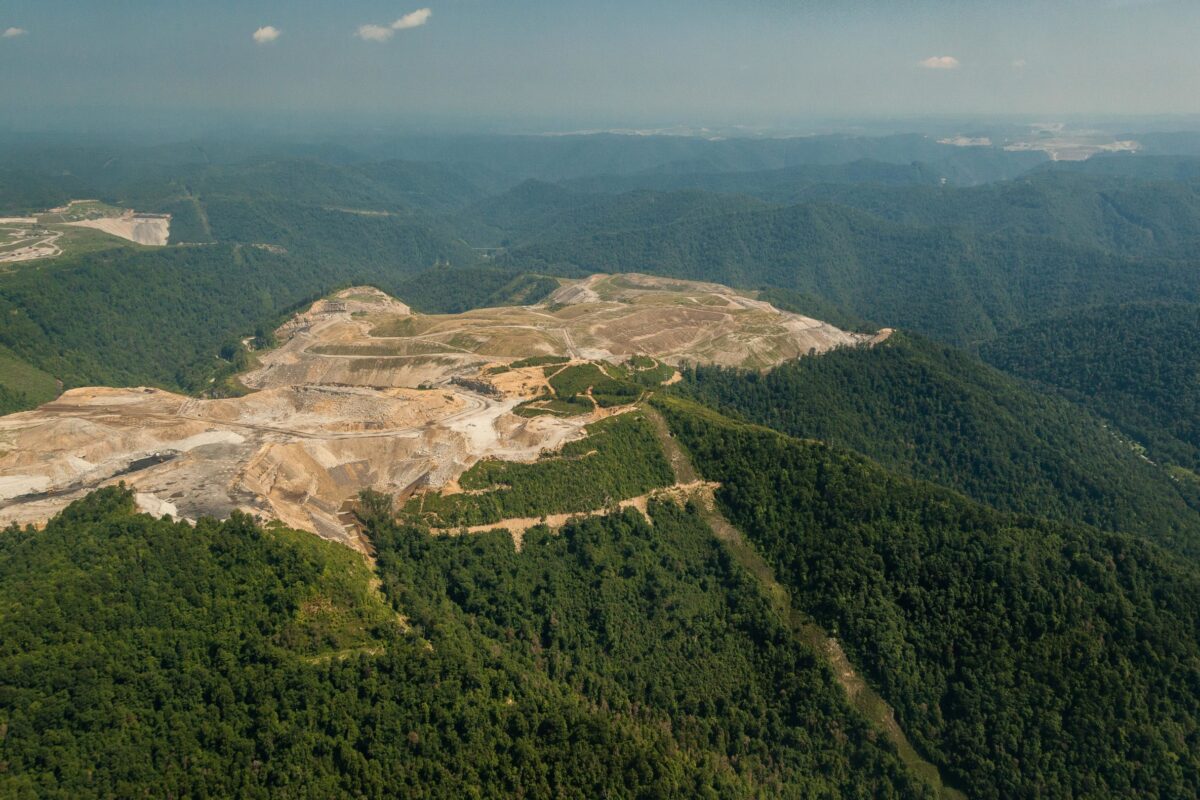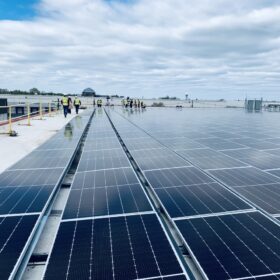From the pv magazine global site
China’s National Energy Administration (NEA) said this week that the country deployed 3.95 GW of new PV capacity in the January to March period, including 2.23 GW of utility-scale solar and 1.72 GW of distributed-generation PV. Overall, China’s cumulative installed PV capacity hit 208 GW at the end of March. Thirteen of 32 provinces installed more than 100 MW throughout the first quarter. Guangdong province took the lead with 600 MW, followed by the Inner Mongolia region and Zhejiang province with 470 MW and 360 MW, respectively.
JinkoSolar launched a new module series on Friday, led by its record-setting 580 W solar panels. The Tiger Pro series also includes two 530 W panels – dubbed the 72TR and 72HC – and the 60TR panel, which provides 430 W of output, for specific use in the distributed-generation PV segment. Equipped with Jinko’s tiling ribbon technology, the products are based on monocrystalline PERC cells, with an efficiency rating of 21.4%. They are all available in mono and bifacial versions.
Longi also joined the 500 W-plus module race this week with the announcement of its new Hi-Mo5 modules. The 530 W panels will be officially launched at the end of May. The monocrystalline PV manufacturer has revealed that the new product will utilize bigger wafers than the M6 format.
Xi’An Solar Power, a unit of China’s State Power Investment Corp. (SPIC), said this week that it has achieved a conversion efficiency of 23.2% for its N-type TOPCon modules in mass production. It achieved the results through an advanced high-efficiency chemical cleaning method, polysilicon precision doping, and hydrogen passivation, among other improvements. It claimed that the product will be ideal for large-scale ultra-high voltage (UHV) projects in Qinghai Province.
Ginlong Technologies announced plans this week to raise more than $100 million through a non-public offering to finance the expansion of its manufacturing capacity. The inverter manufacturer said it will use the funds to double its annual inverter production capacity to 20 GW. “Demand for our ultra-reliable Solis inverters has driven this push to double our capacity,” said Ginlong President Yiming Wang. “We are seeing a boost in demand for string inverters over other technologies due to its cost-competitiveness and reliability. This doubling of our production represents an exciting milestone for Solis.”
Jolywood said that it has shipped its first batch high-efficiency N-type bifacial modules to the Ibri II project in Oman. It won a 458 MW order for the 575 MW project last year. The installation, which is being developed near the southern city of Amin, will use Jolywood’s N-type modules on single-axis trackers supplied by Arctech. The array is part of the Omani government’s plan to add 4 GW of renewables by 2030.
China Shuifa Singyes Energy said on Thursday that it will hold its annual general meeting on June 19 in Hong Kong. Shareholders will be asked to approve the issuance of 600 million new shares in the company, which used to be known as Singyes Solar. If approved, the move could generate $6 million for of fresh funds.
Panda Green – which plans to change its name to that of its latest state-owned, white-knight investor – appears set to breach two of the rules of the Hong Kong exchange where it is listed. The company said on Wednesday that its auditor would not sign off on its 2019 earnings due to a lack of information about RMB1.02 billion the company wants to include as an impairment charge for deposits paid in 2017 to secure development rights for solar projects which never took shape. The news came a day after Panda Green said that the proportion of its stock held by non-state investors had dipped below the required 25%. Snow Hill Developments, acting in concert with 16.67% state-owned Panda Green shareholder China Merchants New Energy Group, said on Tuesday that it bought 268 million shares, or 1.2% of the listed stock, to leave 24.15% of the company’s shares in public ownership.
This content is protected by copyright and may not be reused. If you want to cooperate with us and would like to reuse some of our content, please contact: editors@pv-magazine.com.










Does anyone have the dimensions of the 500W plus panels?
How many square meters? How many cells? Whats the panel voltage?